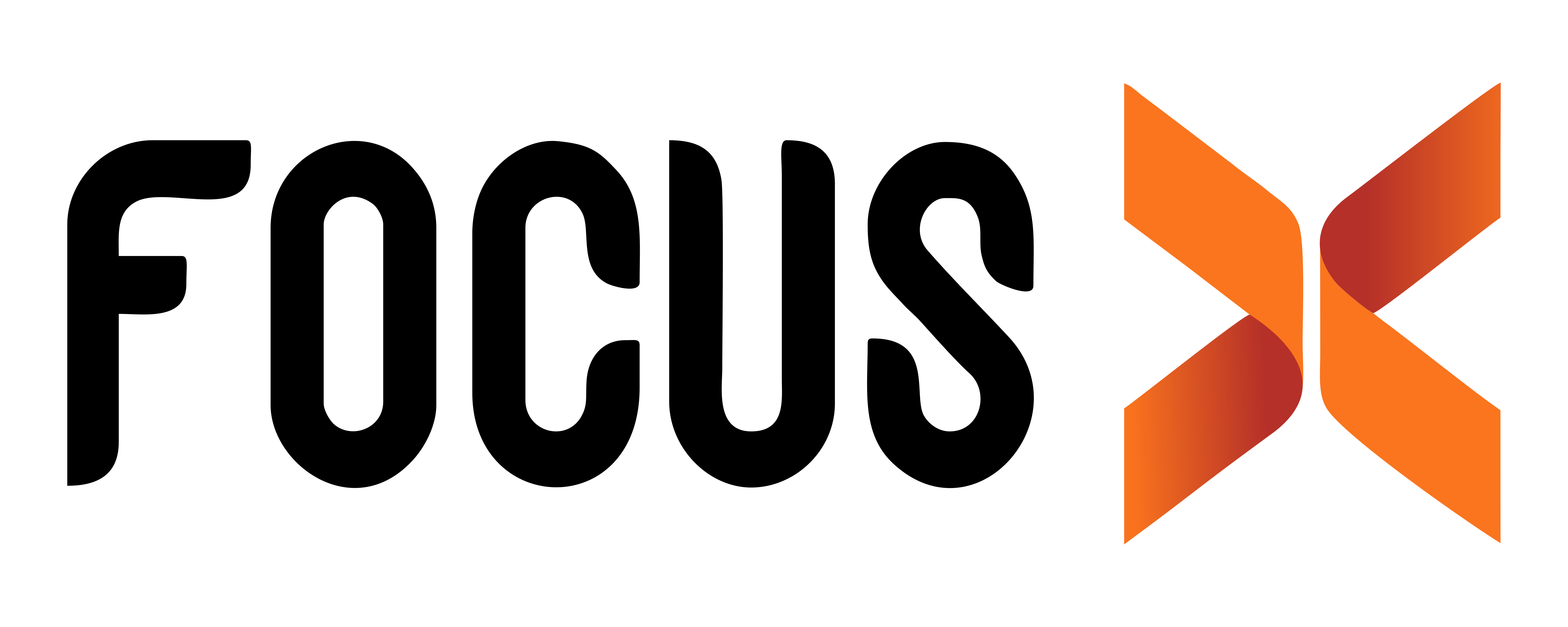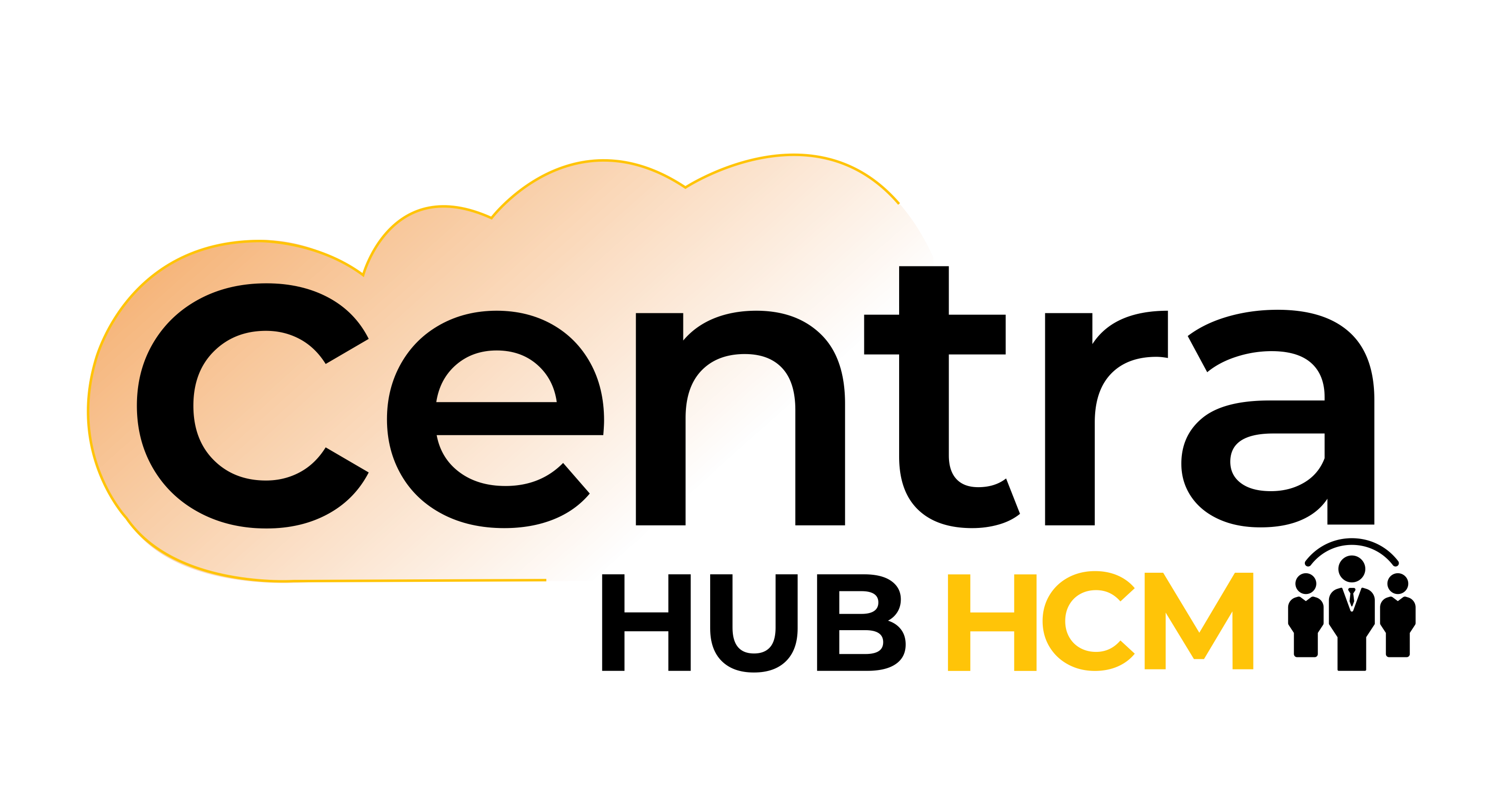What Does E-invoicing Mandate Entails?
The Malaysian Inland Revenue Board (IRB) has initiated the implementation of an e-Invoicing system, targeting businesses with an annual sales threshold of RM100 million. This first stage of implementation is set to begin in June 2024
This move by the Malaysian Inland Revenue Board (IRB) reflects a comprehensive approach to modernizing tax administration and streamlining invoicing processes. It aligns with global trends, where countries worldwide are embracing e-Invoicing to modernize their tax administration processes and improve transparency.
The e-invoicing process will involve creating files in specific formats and undergoing real-time verification through the Continuous Transaction Controls (CTC) Clearance model. Small and medium-sized businesses will also be accommodated through web-based solutions. The IRB's commitment to releasing comprehensive guidelines further underscores their dedication to a seamless transition.
Malaysian E-invoicing Details
Process and mechanism
The e-Invoicing process involves creating invoice files in specific formats, which are then submitted to the IRB's platform. This is done using a Continuous Transaction Controls (CTC) Clearance model, which ensures the accuracy and compliance of the invoicing data. This approach helps prevent errors, fraud, and tax evasion by monitoring transactions in real-time. The key elements include XML invoices and QR codes for validation. Businesses with Malaysian interests must prepare for these changes to ensure compliance and avert tax penalties.
Incentives for small businesses
Recognizing the diverse nature of businesses, especially small enterprises without sophisticated e-invoicing systems, the IRB offers web-based solutions to aid their compliance with the e-invoicing mandate. It simplifies invoicing by generating, sending, receiving, and processing electronic invoices, reducing errors and time consumption.
Utilizing the framework, Malaysia's national e-invoicing network aims for efficiency. Implementing ERP systems and other business software can aid small businesses in navigating the complexities and requirements of e-invoicing, facilitating compliance, and streamlining financial processes. This step ensures that even small companies without advanced tools can align with the new requirements.

Implementation timeline and compliance
The implementation of the e-Invoicing mandate will occur in stages. Businesses can volunteer to participate in a pilot phase, allowing them to test and adapt their systems before e-invoicing becomes a mandate for all qualifying businesses. The mandatory e-invoicing compliance deadline for all tax-registered companies, encompassing B2B, B2G, and B2C transactions, is set for 2027. They must adapt to XML format, QR codes, and valid networks, preparing to avoid penalties.
Preparation and readiness
To ensure a smooth transition and alignment with the e-Invoicing mandate, businesses are advised to engage in several preparatory steps. These include engaging in stakeholder conversations, thoroughly understanding the e-invoicing processes, and assessing the compatibility of their existing ERP or other business software with the new.
Impact and Benefits
The e-invoice adoption in Malaysia will significantly affect businesses and the broader economy. It will lead to improved efficiency in invoice alignment, reduced paperwork, and enhanced accuracy in transaction records. Additionally, e-Invoicing aligns with the broader digital transformation efforts, driving economic efficiency and transparency.
Conclusion
The e-Invoicing mandate in Malaysia reflects the country's commitment to adopting modern technological solutions for tax administration and business processes. Businesses are encouraged to prepare early for the transition, ensuring they have the necessary systems and knowledge to align with the new requirements and benefit from the efficiency gains of e-Invoicing.
Fill in the form to hear about the latest development from the experts.







